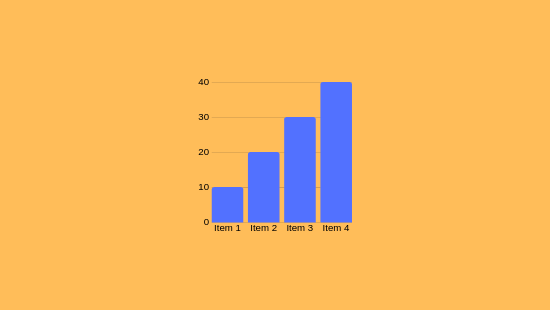Understanding the Functionality of Forex Indicators
Understanding the Functionality of Forex Indicators
Blog Article

As you delve into Forex indicators, you'll understand they're mathematical tools analyzing price and volume data to predict market behaviors. These instruments aid in signaling trends, confirming market cues, and detecting extreme market conditions situations. For instance, the Relative Strength Index (RSI) tracks market force, while Bollinger Bands measure variability. Refining your trading strategy by combining these metrics is crucial, especially if you aim to manage risk effectively.
Understanding Forex Indicators
Forex indicators are computational devices embedded in graphs to assist traders in analyzing market trends and executing calculated trades. They provide perspectives into price movements and potential trading opportunities by processing historical and real-time data.
Forex tools are categorized into four primary groups: trend indicators (e.g., Moving Averages), momentum indicators (e.g., Relative Strength Index), volatility indicators (e.g., Bollinger Bands), and volume indicators.
These instruments can signal reversals, confirm trends, or indicate extreme buying/selling. If you're focused on refining your trading strategy, grasping their roles is fundamental.
Types of Forex Indicators
When assessing market trends, traders often deploy a selection of measures to aid in decision-making.
Forex tools are categorized into different classifications, each fulfilling distinct functions.
Trend Indicators like Moving Averages (MA) and Bollinger Bands aid in uncovering movement patterns and possible price surges.
Momentum Indicators, such as the Moving Average Convergence/Divergence (MACD) and Relative Strength Index (RSI), identify momentum changes and indicate excessive buying/selling.
Volatility Indicators like the Average True Range (ATR) quantify market variability, assisting investors in establishing protective measures.
If used strategically, these tools can boost trading proficiency.
Key Indicators for Trading Decisions
To executive insightful investment choices, grasping and utilizing key measures that analyze market conditions is imperative.
Moving Averages track mean trade values over specific periods, unveiling tendencies by smoothing fluctuations.
The RSI measures momentum on a 0–100 scale, indicating excess buy above 70 and highlighting excessive sell below 30.
Moving Average Convergence Divergence analyzes two exponential moving averages to validate directional trends, with histograms displaying positive or negative trajectories.
Bollinger Bands apply standard deviations around a moving average to assess fluctuation and potential reversals.
Fibonacci Retracement levels denote price thresholds based on prior price movements.
Combining these measures boosts accuracy by verifying signals if congruent, facilitating precise timing for currency visit the website matchups.
Using Indicators for Risk Management
As you fine-tune investment methods, effectively applying indicators for risk management is essential. Tools like Moving Averages and Bollinger Bands notice volatility and spot viable trade junctures for risk oversight.
These tools permit the setting of stop-loss orders and limit orders, critical for limiting possible losses.
For instance, applying stop-loss orders restricts your loss to a certain amount, such as 2% of your trading portfolio per trade. This measured strategy helps in managing trading risks by curtailing exposure to market volatility and leverage, which are notable risks in forex trading.
Integrating Indicators for Improved Precision
Merging measurement tools is a accomplished tactic for boosting precision in forex trading. This approach allows for the use of diverse instruments to evaluate several aspects of market dynamics, including trends, drive, and volatility.
By utilizing indicators like Moving Averages, RSI, and MACD, you can formulate formidable trading strategies. Instance given, combining Moving Averages with RSI and Volume confirms trends and drive, while Bollinger Bands with Stochastic assess fluctuation and anticipate reversals.
If diverse measurement tools align, redundancies are minimized, and trade signals are intensified.
Final Thoughts
You now grasp how forex indicators function, covering their diversities like trend, momentum, and volatility indicators. These instruments assist in spotting potential reversals and validating ongoing trends. Through combining tools, trading precision is boosted, and risk management is better managed. For instance, using the Relative Strength Index (RSI) to highlight buying peaks and Bollinger Bands to analyze fluctuation can improve your decisions. Report this page